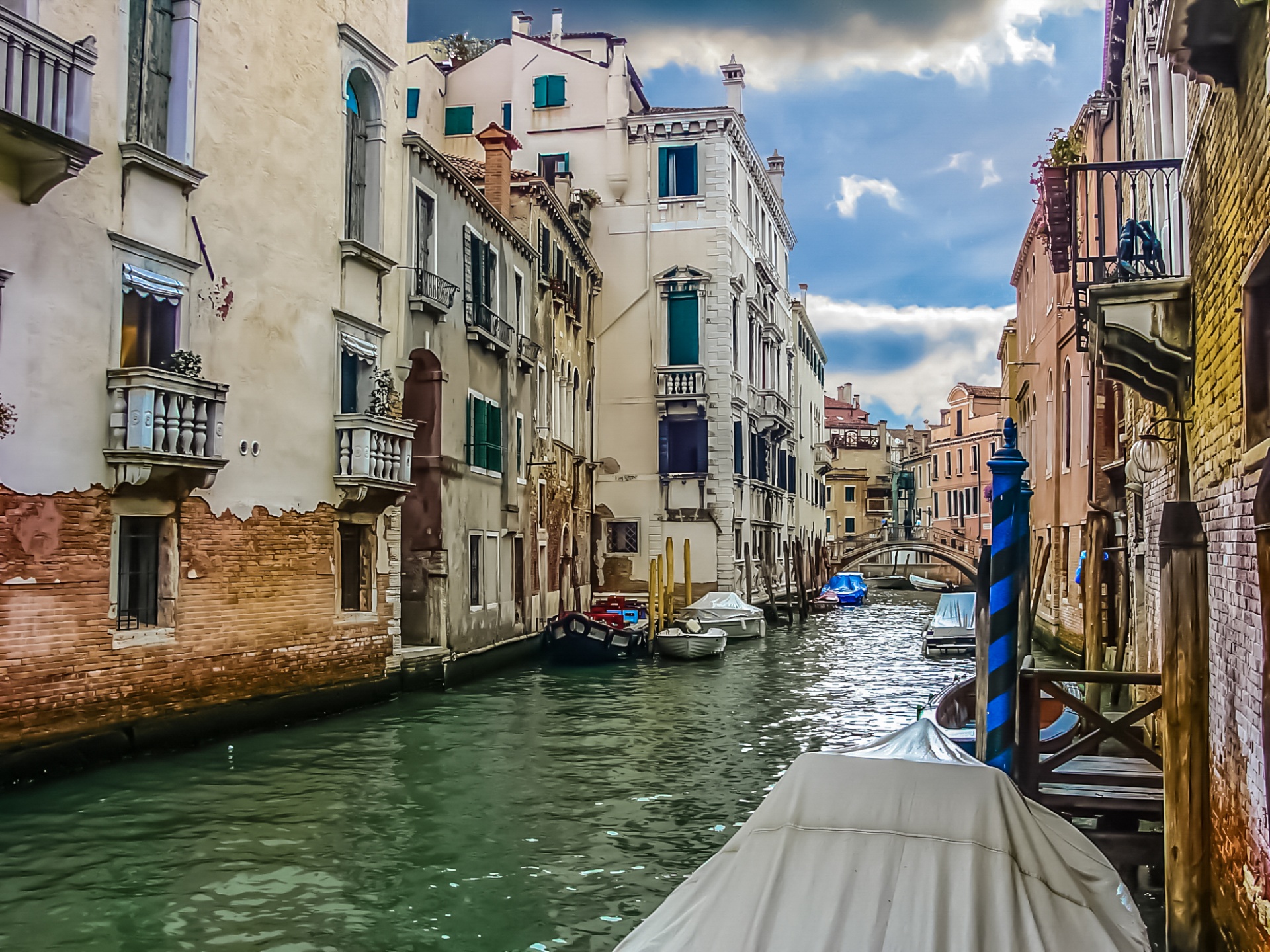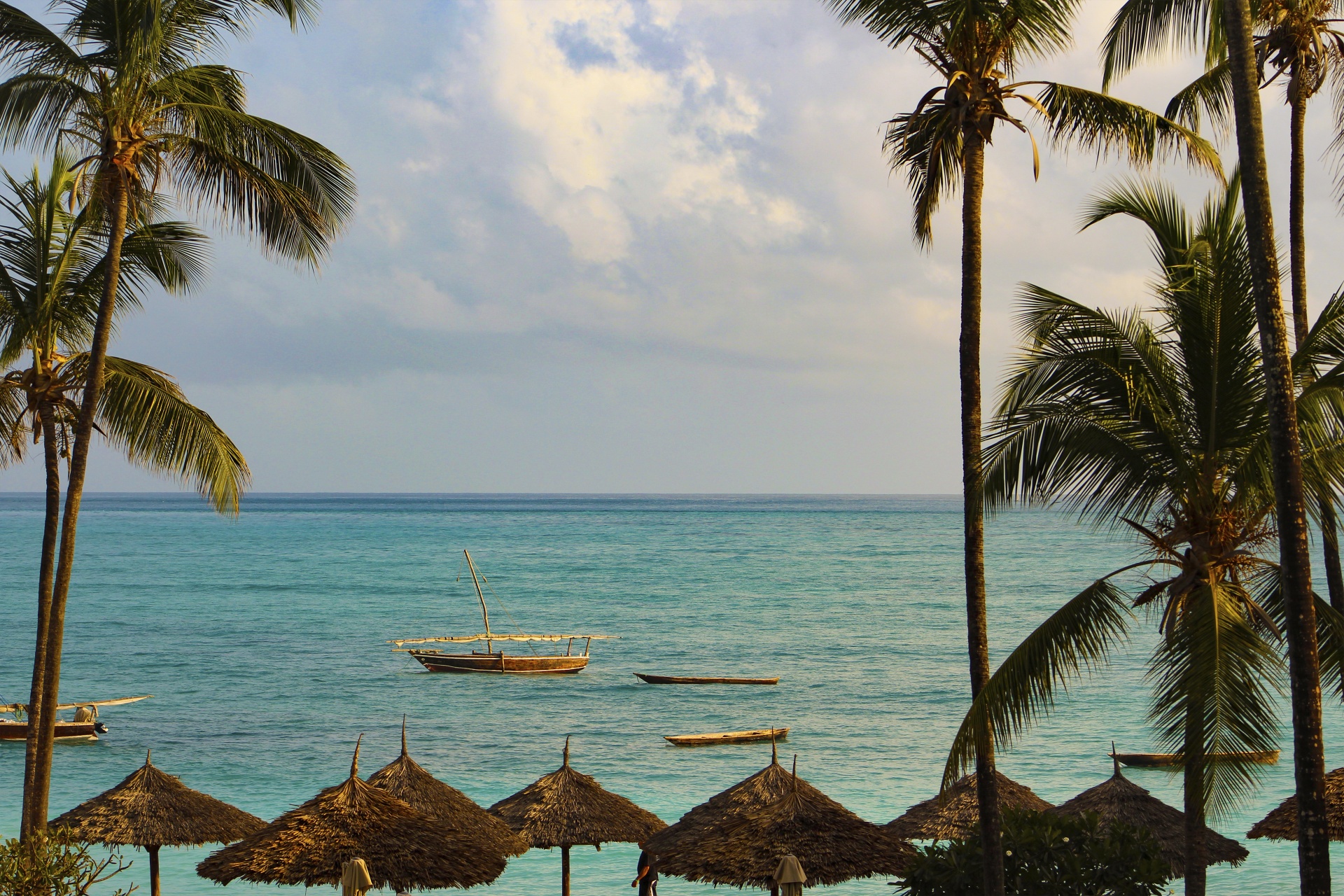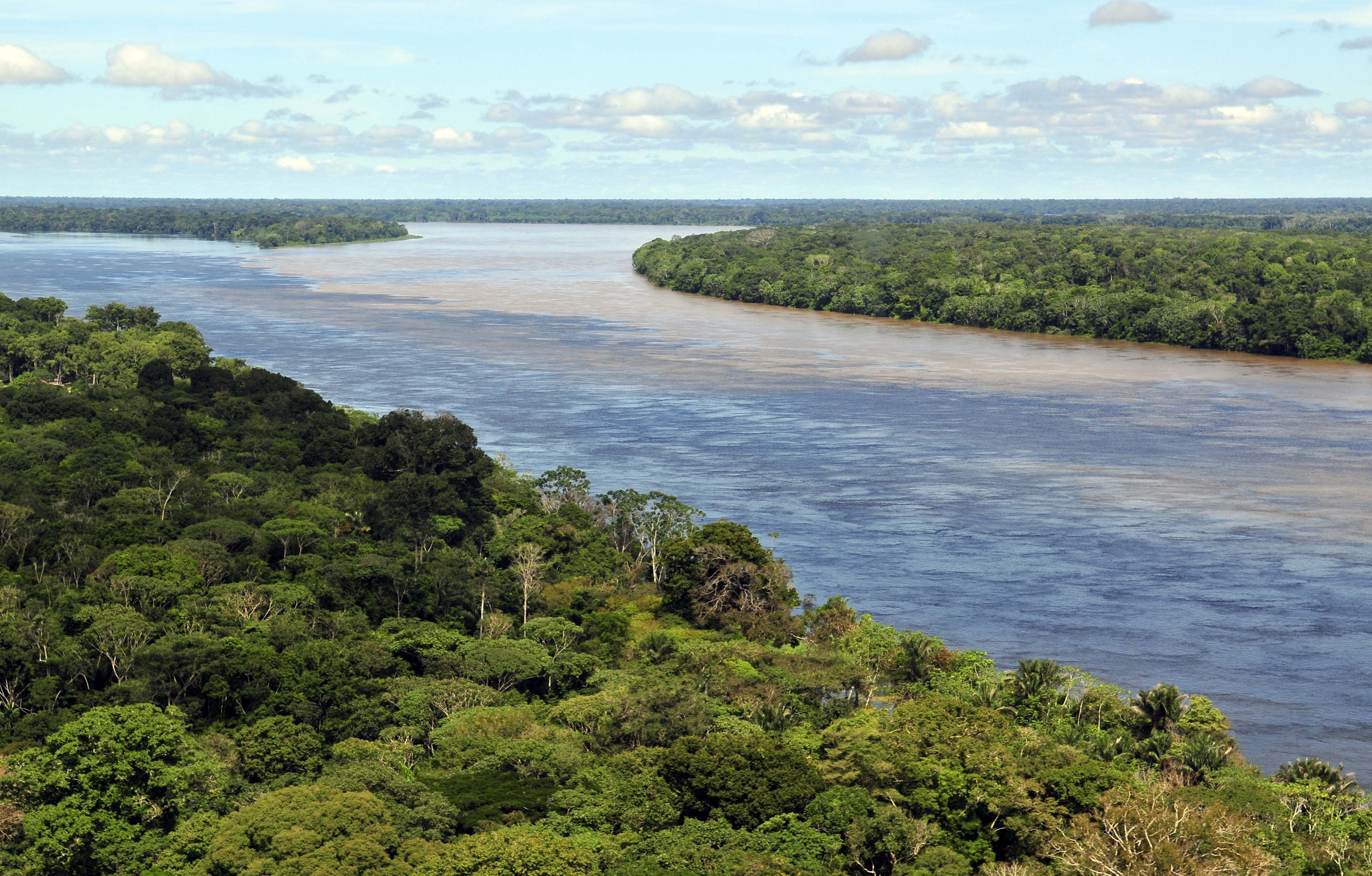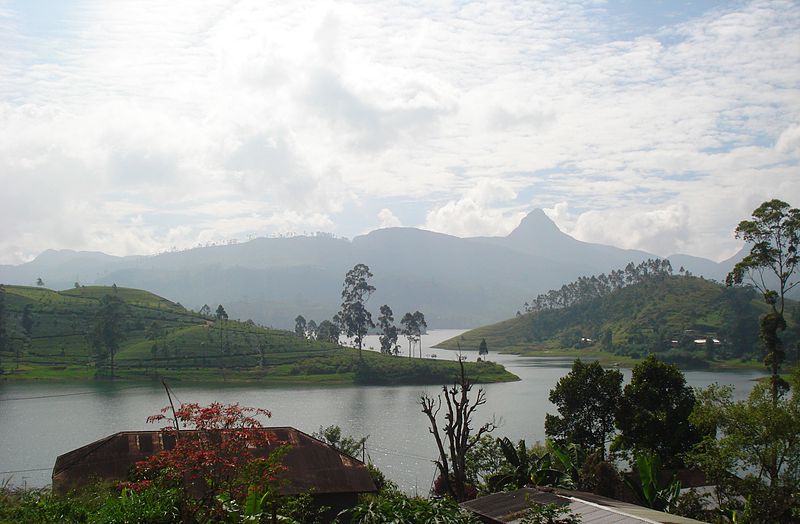
Foundation of the Society
One fine sailing season, not so long ago, the adventurer Captain diUmbria of Venice was gliding across the Mediterranean when something in the crystal waters below caught his eye.

It was a fine longsword, by the looks of it not long cast-off- though to be sure, its edge was dull; and it bore a name, that of Vikus. It was a name of a man he’d seen around the docks of Seville more than once, though he did not know him. Was it the same man? How did the blade come to be here? He decided to keep it, and hope for clues to the weapon’s tale.

Not long after this another sunken treasure caught his attention, this time in the waters off Candia. The crews could scarce believe their luck, and some even took to thinking of it as a bad omen, as though sprites were mocking them. This time it was a ship’s figurehead, formed of brass into the likeness of some great man. This time he could find no clue as to the origins of the item, so he kept it and had it affixed to one of his own vessels as soon as he could. The sword he gave to his companion Phillip Laurent.
Time and again the memory of a certain Captain Keplin gnawed at his mind. This man had mentioned the sea beast, the mythical kraken, one night at a dockside tavern. It was the last time diUmbria saw him, or indeed that anybody saw him as far as the Venetian could tell. Had he gone seeking the creature? Was he off on some other adventure?
It was this mystery of the legendary creature that brought diUmbria to form a group of like-minded explorers to investigate the world’s oceans. The Venetian had sailed far and wide, and there was no shortage of tales told of the horrors and wonders of the wild sea. At some point in the year 1752 diUmbria spent a long night with paperwork in a guild hall. By the next morning, the Kraken Hunter’s Society had been legally chartered under the Doge of Venice.

Almost immediately, the Spaniard Juan Garrion expressed interest in the venture. Not due to the disappearance of their mutual friend Keplin, though. Or to finding sea monsters. Instead, Garrion had his eye on the legal fact that as an established Company, the Kraken Hunter’s Society could now be used to charter land for a colony in the New World. The Spaniard was overflowing with riches, and always looking for more; diUmbria welcomed him in without question, thinking the relationship could only serve to profit them both. Soon the fledgeling Company attracted more investors, which diUmbria welcomed, thinking it could only bring more resources.

While Juan Garrion developed the business side of the venture, diUmbria researched the kraken in the archives at Marseille and found that it was indeed supposed to live in the waters north of Britain, deep in the Norwegian seas. He had traveled there somewhat extensively, mapping out the North Sea, Norwegian Sea, and Icelandic Ocean Basin. But no sign of the kraken. there was a bit of ocean between these two areas, direcly north of Scotland, that remained unknown to him. But Keplin’s account, and the research, seemed to indicate the beast lived further north and east. It could move, of course, and diUmbria could be misinterpreting.




